[ By WebUrbanist in Architecture & Houses & Residential. ]

Complete with a Main Street, a barber shop and hardware store, this town-in-a-box is designed to make elderly patients with memory loss feel at home in a surrealistic interior setting.

The Lantern operates a series of such “villages” in Ohio, each looking as much like a movie set as a walkable small town or historic suburb, complete with fake grass, cafe tables and street lamps.


Cute homes are accented with porches and rocking chairs while a high-tech ceiling overhead projects bird sounds and features a high-tech sky display that shifts over the course of the day (and night).


The dwellings and other buildings are draw inspiration from the 1940s – in other words: they are made to look like the same places the people living here grew up in.


CEO Jean Makesh got his idea to develop this set of facilities while working as an occupational therapists in less-inviting facilities. His core vision involved using biophilic design to support normal and active lifestyles that would minimize habit disruption and transition anxiety for incoming residents.
It would be too easy to draw comparisons between this place and science-fictional film dystopias, but the reality is that for most residents this assisted-living facility is much homier than a stark white hospital-style complex.


A similar-but-outdoor complex in Holland has also been developed along the same lines, containing residents with controlled exits and disguised staff while providing the illusion of an open town through shops and streets.




[ By WebUrbanist in Architecture & Houses & Residential. ]
[ WebUrbanist | Archives | Galleries | Privacy | TOS ]

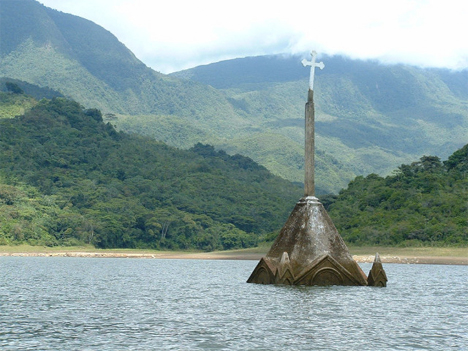
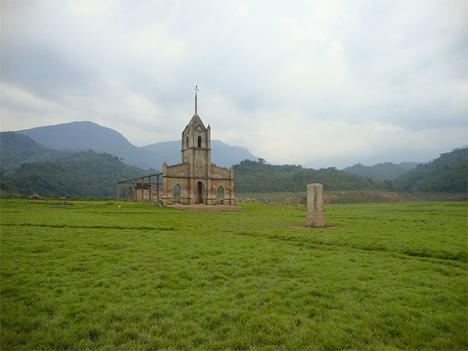
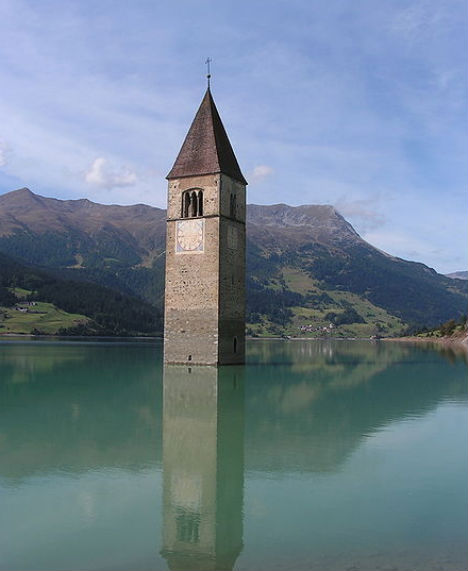


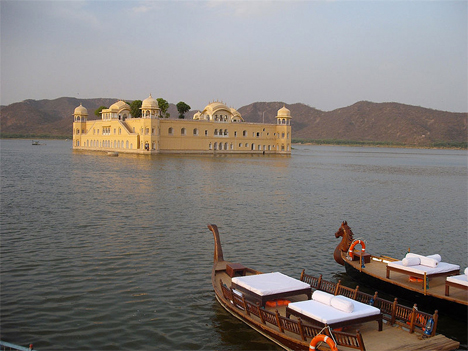








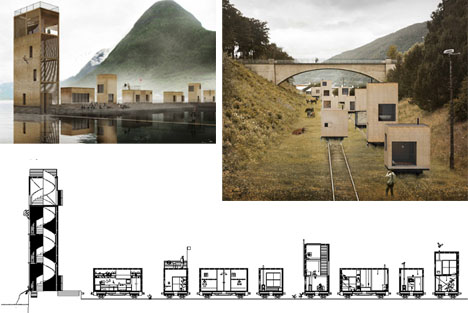
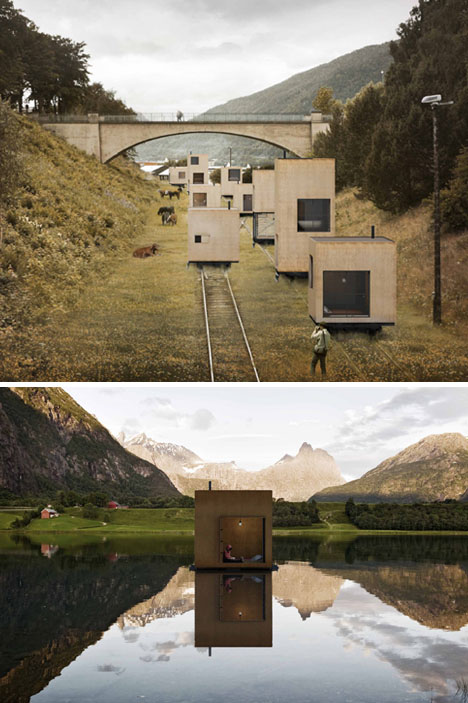
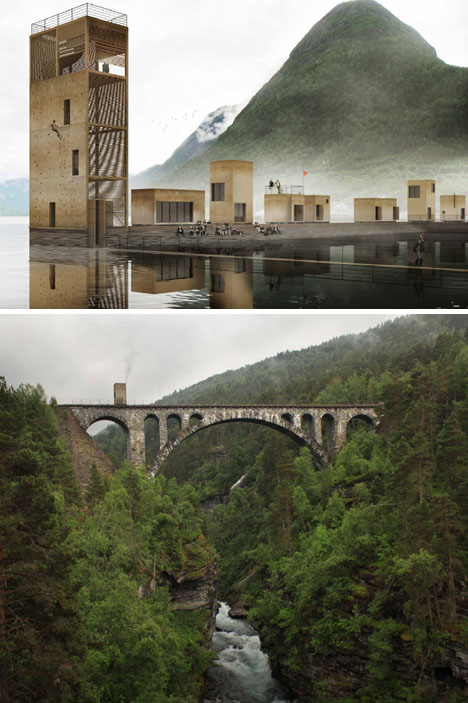
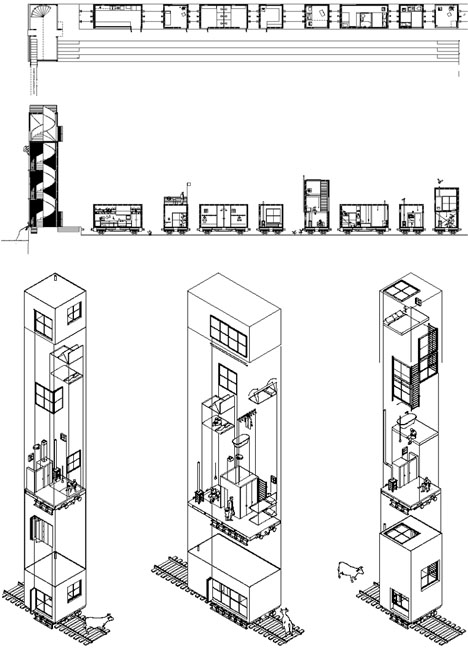


You must be logged in to post a comment.